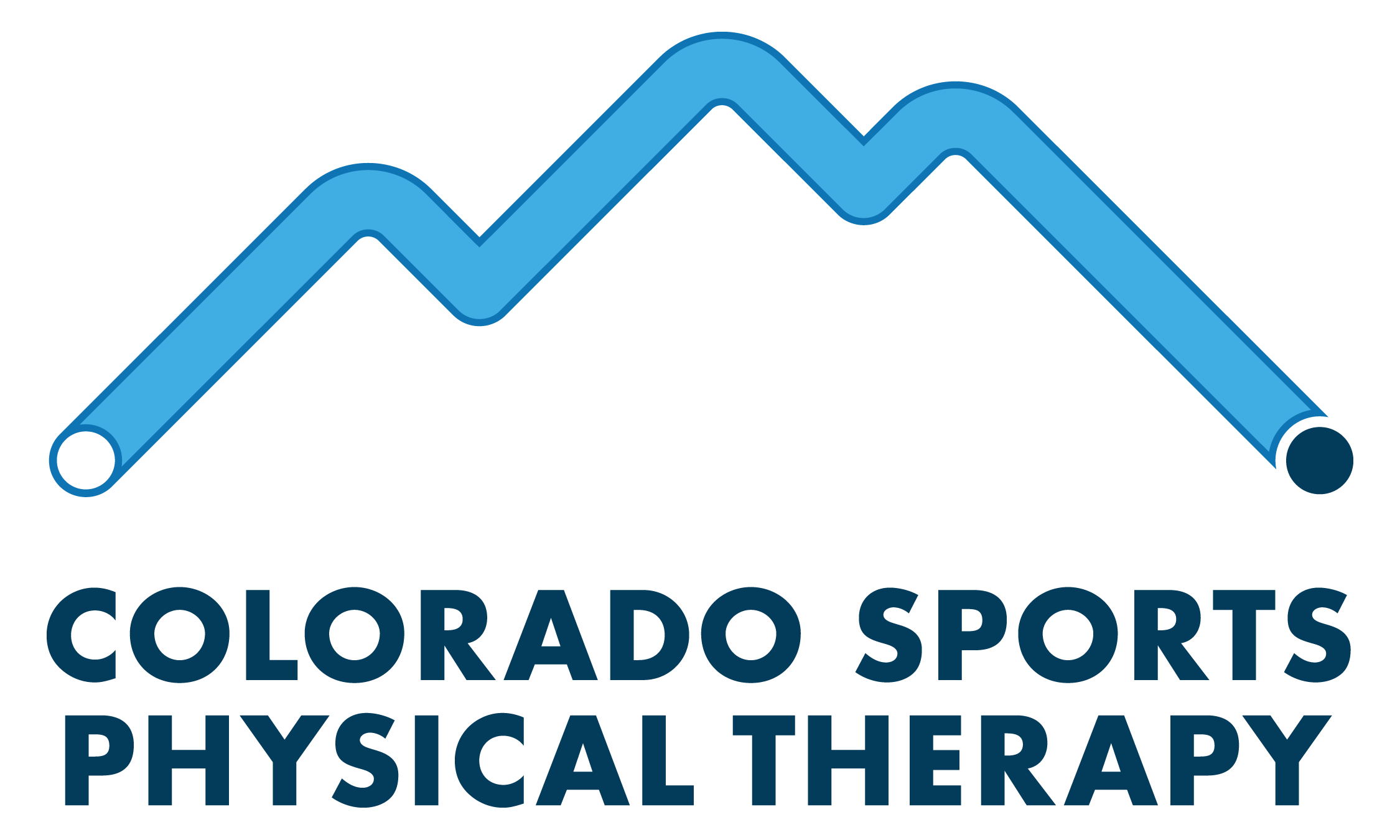Everybody has one, nobody wants to talk about it: What is my pelvic floor and how do I know if it’s not working right?
Pelvic health is all the rage right now. From medical journals to Self Magazine to TikTok, the pelvic floor is a hot topic. There’s plenty of evidence that shows that a healthy pelvic floor can be key in overall physical health and quality of life1. But what exactly IS the pelvic floor, and why is it so important?
In short, your pelvic floor refers to the muscles that sling between your pubic bone in the front of your pelvis and your tailbone. Of course, these muscles help you do the things you’d expect, like supporting bowel and bladder control and helping with sexual function. But these muscles do much more than that - they also play an important role in keeping your core stable. They’re the muscles that help you control your posture and keep you from overexerting your back muscles2 during daily activities like moving from sitting to standing, to maintaining balance and strength during more demanding activities like lifting and running. We use these muscles all day, every day, for much more than just controlling our bladders.
So how do we know if there’s something wrong with these muscles? When you mention “pelvic floor”, it brings to mind the image of the new mom who’s struggling to keep bladder control during sneezing or coughing. But pelvic floor problems are much more common than you think – and the symptoms can vary. Symptoms of pelvic floor dysfunction include:
· Urinary leaking
· Uncontrollable gas or difficulty with bowel control
· Feelings of heaviness or increased pressure in the pelvis, like your insides are slipping down
· Constipation – do you ever feel like you need to strain or push too much with BMs? Have painful BMs?
· Difficulty fully emptying your bladder – do you ever have to go to the bathroom 5 minutes after you’ve just gone?
· Pain or burning with urinating
· Sexual dysfunction, including pain with sex or difficulty with erections
· Low back, hip, groin, or tailbone pain that hasn’t been helped with other treatments
· Having to get up to urinate 2+ times / night on a regular basis
If you’re experiencing any of these symptoms, the first thing to realize is that YOU ARE NOT ALONE. More than 1 in 4 women will at one time or another experience one or more of these issues3. The likelihood of having trouble controlling your bladder or experiencing pelvic pain increases with age and with giving birth. Men are also likely to experience pelvic floor problems, but because of the lack of knowledge, the stigma, and the discomfort associated with experiencing pelvic floor issues, pelvic floor problems in men are underreported4. You may find that it’s embarrassing or difficult to discuss issues like pain with sex or urinary leakage with your doctor, but these problems are both very common and very treatable.
The next thing to realize is that, while popular, doing kegels may not be the best answer to some of the problems listed above – in some instances, it could actually worsen your symptoms! What’s more, research has shown that as many as half of us are doing kegels incorrectly5.
In many cases, it’s best to see an expert to get your pelvic floor evaluated. Pelvic floor physical therapists have specialized training in pelvic floor issues and can teach you exercises, healthy habits, and even breathing techniques that can often get you feeling better quickly. So, if these symptoms are sounding all too familiar to you, come see us so that we can help you gain the knowledge, coordination, and confidence you need in your pelvic floor to move about your world!
Author: Dr. Katheryn Weed, PT | November 16th 2021
1. Bedretdinova A, Fritel X, Zins M and Ringa V. 2016. The effect of urinary incontinence on health-related quality of life: is it similar in men and women? Urology. vol. 91, pp. 83-89.
2. Pelvic Core First. 2016. The Pelvic Floor and Core [online] [viewed 29 March 2018]. Available from: https://www.pelvicfloorfirst.org.au/pages/the-pelvic-floor-and-core.html
3. Wu, Jennifer M et al. “Prevalence and trends of symptomatic pelvic floor disorders in U.S. women.” Obstetrics and gynecology vol. 123,1 (2014): 141-148. doi:10.1097/AOG.0000000000000057
4. Hirschhorn AD, Kolt GS and Brooks AJ. 2013. Barriers and enablers to the provision and receipt of preoperative pelvic floor muscle training for men having radical prostatectomy: a qualitative study. BMC Health Services Research. vol. 13, no. 1, pp. 305
5. Mason L, Glenn S, Walton I and Hughes C. 2001. The instruction in pelvic floor exercises provided to women during pregnancy or following delivery. Midwifery. 2001, vol. 17, no. 1, pp. 55-64.
